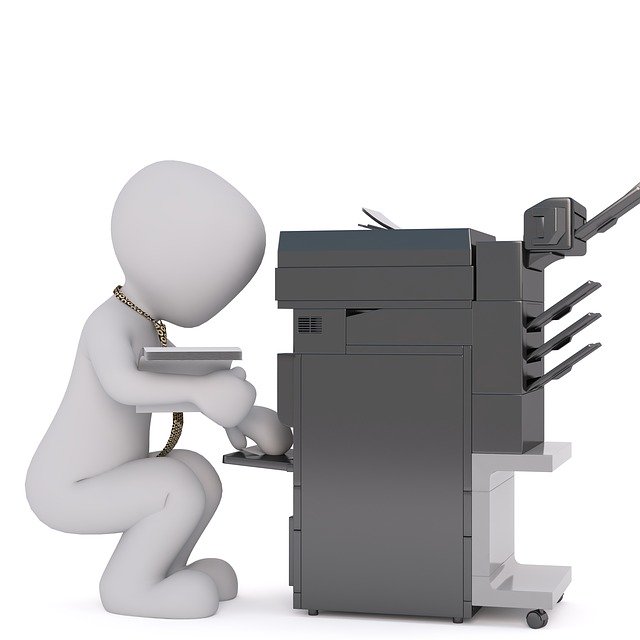Faxing is not going away any time soon. If anything, recent events have shown us that we still need send documents in a secure way, and fax is the only way to do it when hand-to-hand delivery isn’t an option. Fax technology may be perceived as old and slow but it gets the job done in an era where it’s so easy to intercept and hack instant messages.
Sending documents securely is of utmost importance for professionals who need to share sensitive information including patient/client information and for the businesses who need to send and receive contracts, budget proposals and information about projects, among other documents.

But we’ve come a long way since the first fax machine was invented. Thankfully, these days we can find more than one way to fax. From old fax machines to modern digital fax transmissions, we have different options to send documents, let’s take a look at them below.
Traditional Fax Machines
Using a fax machine has been the most common way to fax for decades. Way before the invention of digital telecommunications, fax was one of the most used office appliances in the World, giving businesses the unprecedented chance to share sensitive and legally-binding documents in a fast and efficient manner, without waiting for a physical copy to arrive via mail.
![]() To use this method you’ll need to buy a fax machine, paper supplies, ink or toners, and preferably a dedicated fax line, which is a common phone line used exclusively for faxing, to avoid interrupting fax transmissions. There are still countless offices around the World that fax using a machine. Despite being old and slower than other fax alternatives, many companies prefer them because workers are already accustomed to using it.
To use this method you’ll need to buy a fax machine, paper supplies, ink or toners, and preferably a dedicated fax line, which is a common phone line used exclusively for faxing, to avoid interrupting fax transmissions. There are still countless offices around the World that fax using a machine. Despite being old and slower than other fax alternatives, many companies prefer them because workers are already accustomed to using it.
Today, fax machines come also in the form of multi-function printers which can be connected to any phone line.
Using An Online Fax Service
Online fax services came up as a solution for people who want to fax directly from their computers instead of having to rely on a fax machine that can run into an issue at any time. These services let you send fax by using your email address or a secure web form where you enter all the fax details. You simply upload the document you wish to send and the service converts this document into an analog fax transmission, so you can work seamlessly with offices that are still using a legacy fax machine. On the other hand, incoming faxes are converted into an Adobe PDF file and forwarded to your email,for where you can read it on your screen or print it, depending on what you need.
In order to help you fax online, services provide you a free fax number. According to Google Online Fax, this number works over an Internet connection, so you can say it’s a virtual line. It is similar to VOIP technology but is exclusively for fax transmissions since VOIP is only for voice. One of the biggest benefits of using a virtual fax line is that you can use it to send and receive faxes independently of your location.
Implementing A Fax Server
If you own a big company, this is an option you should consider. By installing a fax server in your business you are basically your own online fax service. This means you are under total control of your communications.
This method is only recommended for big companies because it is expensive and complicated to install if you are not tech-savvy. Besides the hardware you have to implement, you need to hire a team of IT professionals to manage the installation and maintenance of the server, and a type of software to handle communications between employees and outside contacts.. If you have a medium or small-sized company, it is recommended to use a service and avoid the technical hassle of implementing a server.

No matter which method you are using, faxing ensures your document has arrived by confirming the delivery and lets you rest safely knowing the document is in the hands of the correct recipient. Remember that you can also send single faxes via a fax machine by going to your nearest office store or the library, if you are in a university.
